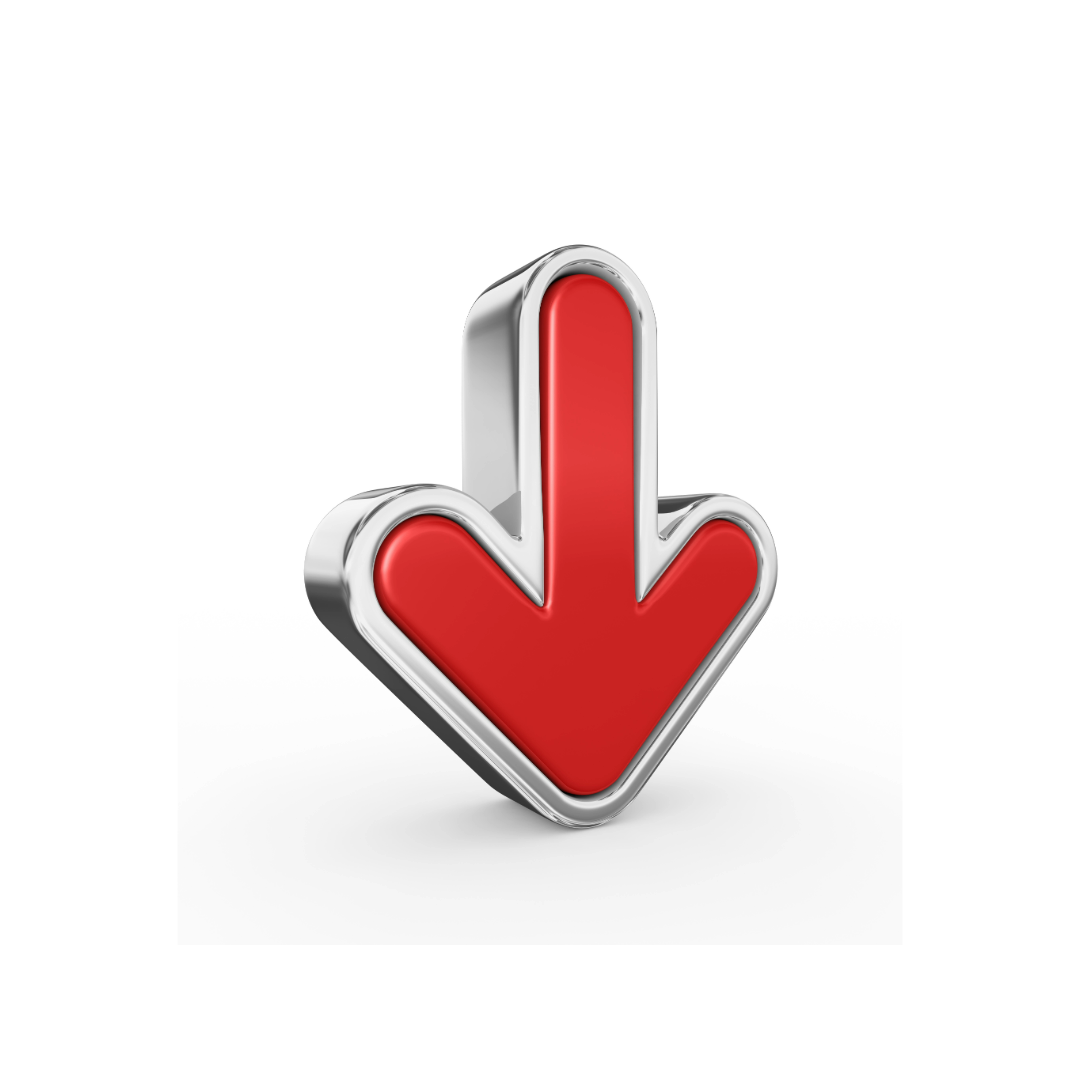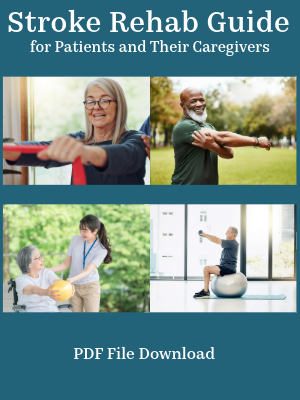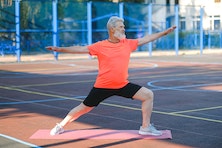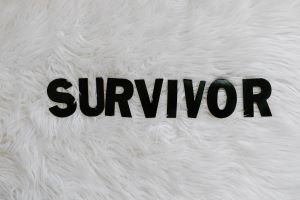Submissions from Readers
Massage after Stroke
Question: Is it okay to get a massage after a stroke that happened recently (only 1 week ago)? Is there a risk of another stroke happening?
Answer: Massage can be beneficial to stroke patients, but some recommendations regarding massage after stroke are as follows:
1) Make sure the neurologist and other M.D.s involved with the stroke patient's care give an okay for the patient to receive massage after a recent stroke.
2) Make sure the massage therapist has medical massage training or is experienced in working with individuals who have experienced stroke.
3) Make sure an accurate history regarding medical conditions is given to the massage therapist including medications
Massage itself does not increase a person's risk for stroke, but there are precautions that need to be addressed with certain individuals. If blood clots exist, there is a small chance they could be dislodged through massage. Individuals on blood thinner bruise more easily so deep tissue massage may need to be avoided. Care should be taken around the neck area in the region of the carotid artery, but this shouldn't be an issue with an experienced massage therapist.
Question: My best friend had a stroke and can't walk. It affected his left side. He was walking a bit with a walker assisted about 2 months ago but now he says he can't walk and that his leg is stiff and hurts. He
Answer: Physical therapy involves many techniques to help individuals recover their ability to walk including massage and exercise to name a few. I would say that all aspects of therapy are important. If your friend has high tone in his leg, he may need help with reducing the tone as well as stretching to help him walk again. It's also important to strengthen muscles, but if he has high tone, this will interfere with trying to do strengthening exercises. He may feel that he needs massage to help reduce the tone.
A physical therapist is the professional to consult for learning to walk after a stroke so hopefully that is the professional your friend has consulted. Massage therapy can be a nice adjunct to physical therapy since massage therapists may be helpful in relaxing tight muscles and reducing spasms. I must stress, however, that a stroke patient should seek clearance from their physician to receive massage and that one should choose a massage therapist that has medical knowledge and past experience in working with stroke patients.
*The material contained on this website is provided for general information purposes only and does not constitute professional medical advice, diagnosis or treatment.
Comments for Massage after Stroke
|
||
|
||
Massage for Stroke Victims
Question:My mother had an ischemic stoke 5 months ago and I want to buy her a pillow that massages the head, back, and shoulders. Do you think there is any danger in doing so?
Answer: Massage can be quite enjoyable to stroke patients, and it is most likely fine, but I would ask your mother's neurologist just to be sure. Some people have had strokes due to tears in the neck arteries from chiropractic manipulations of the neck or "beauty parlor syndrome" where the neck is bent backward in the sink and turned side to side. I doubt that a massage pillow would put this type of stress on the neck, but I would examine the neck posture when applied and make sure the neck is not in a strained position or overly extended. You also want to avoid massage in the area of the carotid artery particularly if she has carotid artery plaque, stenosis or other carotid artery disease.
Comments for Massage for Stroke Victims
|
||
|
||
What Kind of Massage is Appropriate?
Question: What kind of massage should be used for a recent left CVA with right hemiplegia and synergistic pattern to increase strength, movement, and coordination in the scapular area?
Answer: Before initiating massage with a stroke patient, make sure that it is cleared by their MD. You have to be aware of a patient's medical status and look out for problems such as high blood pressure, recent blood clots or history of blood clots, and edema/fluid problems such as congestive heart failure to name a few. As far as the best type of massage, I would consult a massage therapist that has experience in working with stroke patients. There are many different forms of massage, and one individual may respond better to one type of massage technique than another. Some individuals may enjoy very light pressure and others deeper pressure. It also depends on the size of the individual and skin integrity. If a patient is released by the MD to receive a massage, then you can try various massage techniques and see which the patient enjoys and responds to best. Here are a couple of articles about massage and stroke patients:
https://www.massagetherapy.com/articles/index.php/article_id/300/Stroke-Rehab-Part-3-
https://www.ncbi.nlm.nih.gov/pubmed/12035687
Comments for What Kind of Massage is Appropriate?
|
||
|
||
Botox and Massage Therapy After a Stroke
by Monica
(London)
I'm a massage therapist and I have a client who had a stroke 2 years ago. She is paralysed on her right side from the arm down. Her wrist is really flexed and her fingers curled and the doctor has suggested Botox. Can I give her a massage after she received the Botox? How long should I wait?
Would it help? If we also combine electrical stimulation (by a physio) - would it be a good combination?
Thanks in advance and looking forward to hearing your thoughts!
Monica
Answer: The client would need to ask the doctor how long she needs to wait before receiving a massage after receiving botox, and I would not give her a massage without a doctor's release or written consent. With cosmetic botox, they do not allow any massage during the first 24 hours, but botox for spasticity can be more complex so you need to go by the doctor's specifications. E-stim is often used after botox, but again, I would find out from the physician how soon e-stim can be used and if the patient is an appropriate candidate for e-stim.
Comments for Botox and Massage Therapy After a Stroke
|
||
|
||
Spasticity and Massage
by Steve McCoy
(Cleveland, Ohio)
Question: What types or areas of massage can help to relieve tension and increase flexibility and strength in left arm/hand of 63 year old female stroke victim?
Answer: Massage might be temporarily helpful in relaxing a spastic muscle or improving range of motion, but since spasticity in stroke patients originates from a problem with the brain, it will not cure it. If a patient can afford to get massage on a regular basis, it may be of benefit, but there are not enough studies for me to tell you what type of massage would be best. It also depends on the patient. Some patients have sensory problems. For instance if a stroke patient lacks feeling in their affected limb, they would not be able to determine the amount of force being applied. Others are hypersensitive to touch and may not like to be touched or massaged at all. I would suggest starting with lighter forms of massage and determine the effects. If tolerated and the patient prefers deeper tissue work, then one could try it but always be aware of any sensation deficits where the patient cannot gauge how much pressure is being applied. I would also make sure you have medical clearance before getting massages. In addition, if the patient has pain or range of motion deficits, make sure the massage therapist handles the limb appropriately. For example you should never force an arm overhead that is tight, painful, or subluxed. The shoulder blade has to rotate properly for the arm to be raised above 90 degrees of shoulder flexion, so make sure your massage therapist understands this.
Comments for Spasticity and Massage
|
||
|
||
Treatment Tips from Others
To see tips from other survivors and caregivers about their treatment recommendations, click here.
Get Our Stroke Rehab Guide

Our stroke rehab guide is designed specifically for patients and caregivers. It's in pdf format and can be immediately downloaded. It includes about
- Stroke Definition & Causes
- Stroke Treatment
- Rehabilitation Information for Physical, Occupational and Speech Therapy
- Exercise pictures
- Q&A from patients and caregivers
- Adaptive Equipment & Techniques
- How to Prevent Another Stroke & More!
Medical Disclaimer: All information on this website is for informational purposes only. This website does not provide medical advice or treatment. Always seek the advice of your physician or other healthcare provider before undertaking a new healthcare or exercise regimen. Never disregard professional medical advice or delay seeking medical treatment because of something you have read on this website. See the disclaimer page for full information.
- Home
- Stroke Questions
- Spasticity and Massage
















